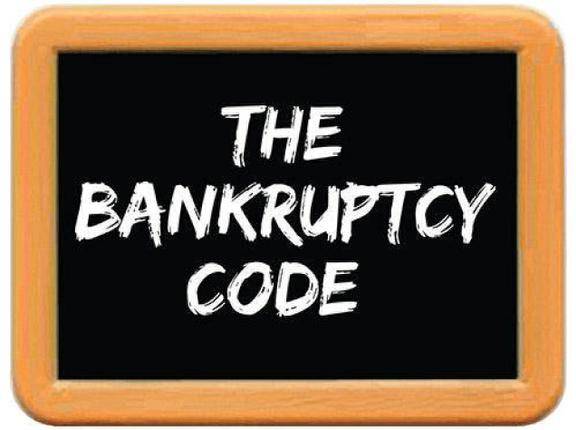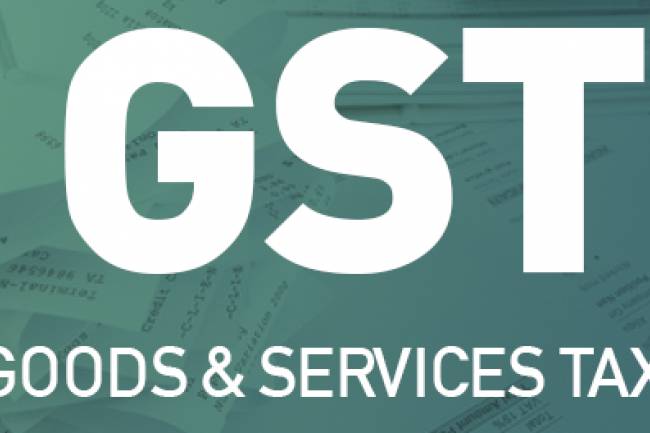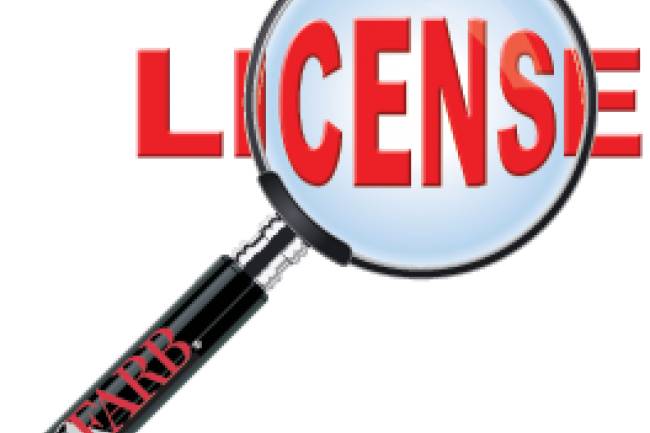
Insolvency and Bankruptcy-History and Objective
Indebtedness and Bankruptcy-History and Objective
What is the indebtedness and Bankruptcy?
Significance of indebtedness:
Bankruptcy is the point at which an individual, partnership or other association can't meet its budgetary commitments for paying obligations as they are expected or the state of a man who can't pay his obligations as they fall due, or in the typical course of exchange and business.
Significance of Bankruptcy:
Chapter 11 isn't precisely the same as bankruptcy. In fact, chapter 11 happens when a Court has decided indebtedness, and given lawful requests for it to be settled. Bankruptcy depicts a circumstance where the account holder can't meet his/her commitments. Chapter 11 is a lawful move in which a ruined indebted person looks for help.
Protest of Insolvency and Bankruptcy law:
The law of bankruptcy is a social enactment which has been ordered to give help to the legitimate borrowers who because of any appalling or unexpected conditions end up noticeably unequipped for paying back their obligations. Its question is likewise of securing conveyance of a borrower's bequest among his lenders impartially and from there on to discharge him under specific conditions from risk in regard of his obligations and commitments.
Established Validity to make the law:
Constitution has enable to Central and State Government to influence the law about Insolvency and Bankruptcy to issue in list – III (simultaneous rundown) of seventh timetable of constitution of India.
Both Center and State Governments has control make the laws identifying with this subject.
Indebtedness Laws for Individuals and Corporates:
I. For people and unincorporated substances:
There are two laws which represent Insolvency and Bankruptcy of individual and unregistered corporate individual.
• Presidency Towns Insolvency Act, 1909
• Provincial Insolvency Act, 1920
The Presidency Towns Insolvency Act, 1909 and Provisional Insolvency Act, 1920 are two noteworthy institutions that arrangement with individual indebtedness and have parallel arrangements and their significant substance is likewise comparable yet the two vary in regard of their regional purview. While Presidency Towns Insolvency Act, 1909 applies in Presidency towns to be specific, Kolkata, Mumbai and Chennai and Provincial Insolvency Act, 1920 applies to all rest of India. These two Acts are appropriate to people and also to sole proprietorships and association firms.
Ward for documenting Insolvency Petition:
Application can document under:
1. Administration Towns Insolvency Act, 1909 to the High Courts at Kolkata, Madras and Bombay And
2. Common Insolvency Act, 1920 in the region court.
II. For Corporate:
• Companies Act, 1956
• The Sick Industrial Companies (Special Provisions) Act, 1985
• Recovery of obligation because of Banks and Financial Institutions Act, 1993
• Securitization and Reconstruction of Financial Assets And Enforcement of Security Interest Act, 2002 (SARFAESI)
For changing the Insolvency Act following board of trustees composed:
1. Shri. T. Tiwari Committee
2. N L Mitra Committee
3. Equity Eradi Committee
4. JJ Irani Committee
Keeping money Laws Reforms Committee for IBC code, 2016
The Bankruptcy Law Reforms Committee (Chairman: Dr.T. K. Viswanathan) presented its answer to the Finance Ministry on November 4, 2015. The destinations of the Committee were to determine indebtedness with:
(I) Lesser time included,
(ii) Lesser misfortune in recuperation, and
(iii) Higher levels of obligation financing crosswise over instruments.
Indebtedness alludes to a circumstance where people or associations can't meet their money related commitments. On the off chance that indebtedness can't be settled, an organization continues towards liquidation of benefits, and an individual goes in for chapter 11 determination.
The Committee has prescribed a union of the current legitimate structure, by revoking two laws and revising six others.
It has proposed to rescind the Presidency Towns Insolvency Act, 1909 and the Provincial Insolvency Act, 1920. Likewise, it has proposed to revise:
(I) Companies Act, 2013,
(ii) Sick Industrial Companies (Special Provisions) Repeal Act, 2013,
(iii) Limited Liability Partnership Act, 2008
(iv) Securitization and Reconstruction of Financial Assets and Enforcement of Security Interest Act, 2002,
(v) Recovery of Debts Due to Banks and Financial Institutions Act, 1993 and
(vi) Indian Partnership Act, 1932.
The Insolvency and Bankruptcy Code 2016
Purpose for the Insolvency and Bankruptcy code, 2016
In India, there were different laws like Sick Industrial Companies (Special Provisions) Act, 1985 (SICA), the Recovery of Debt Due to Banks and Financial Institutions Act, 1993, the Securitization and Reconstruction of Financial Assets and Enforcement of Security Interest Act, 2002 (SARFAESI) and the Companies Act, 2013 managing indebtedness and insolvency of organizations, restricted risk associations, associations firms, people and other lawful substances in India. Thus High Courts, District Courts, the Company Law Board, the Board for Industrial and Financial Reconstruction (BIFR) and the Debt Recovery Tribunals (DRTs), have ward at different stages, offering ascend to the potential fundamental postponements and complexities all the while though liquidation of organizations is taken care of by the high courts, singular cases are managed under the Presidency Towns Insolvency Act, 1909 and Provincial Insolvency Act, 1920. The present legitimate structure does not help loan specialists in powerful and auspicious recuperation of defaulted resources and causes undue strain on the Indian credit framework.
The Objectives of Insolvency and Bankruptcy Code, 2016:
The target of the Insolvency and Bankruptcy Code is to merge and revise the laws identifying with redesign and indebtedness determination of corporate people, association firms and people in a period headed way for expansion of estimation of benefits of such people, to advance business enterprise, accessibility of credit and adjust the premiums of the considerable number of partners incorporating modification in the need of installment of government duty and to build up an Insolvency and Bankruptcy Fund, and matters associated therewith or accidental thereto. A compelling lawful system for opportune determination of indebtedness and liquidation would bolster improvement of credit showcases and empower business. It would likewise enhance Ease of Doing Business, and encourage more speculations prompting higher monetary development and improvement.
A bankruptcy determination process can be started by either a budgetary loan boss or by operational leaser or the corporate candidate (corporate indebted person) upon an occasion of default. A recovery design be settled inside 180 days from the confirmation of the application. Influencing this procedure to time bound is exceptionally fundamental as the estimation of the advantages can disintegrate considerably with the progression of time. In case of contradiction or if a choice isn't taken inside the stipulated time span the candidate naturally moves to the following phase of Insolvency Process.
Visit HireCA.com Now



















